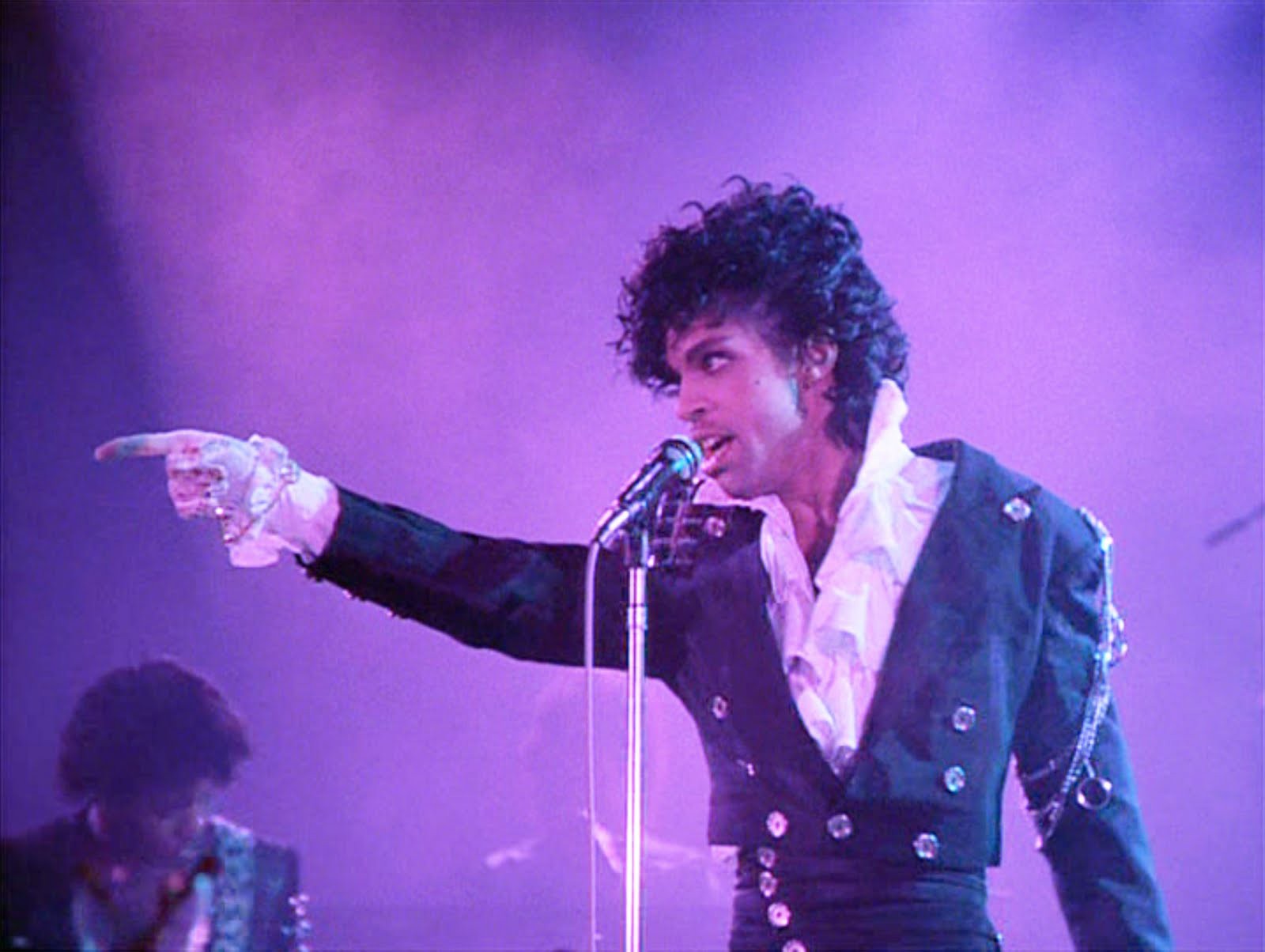Why You Need To Experience Tokyo’s Famous Fish Market Now
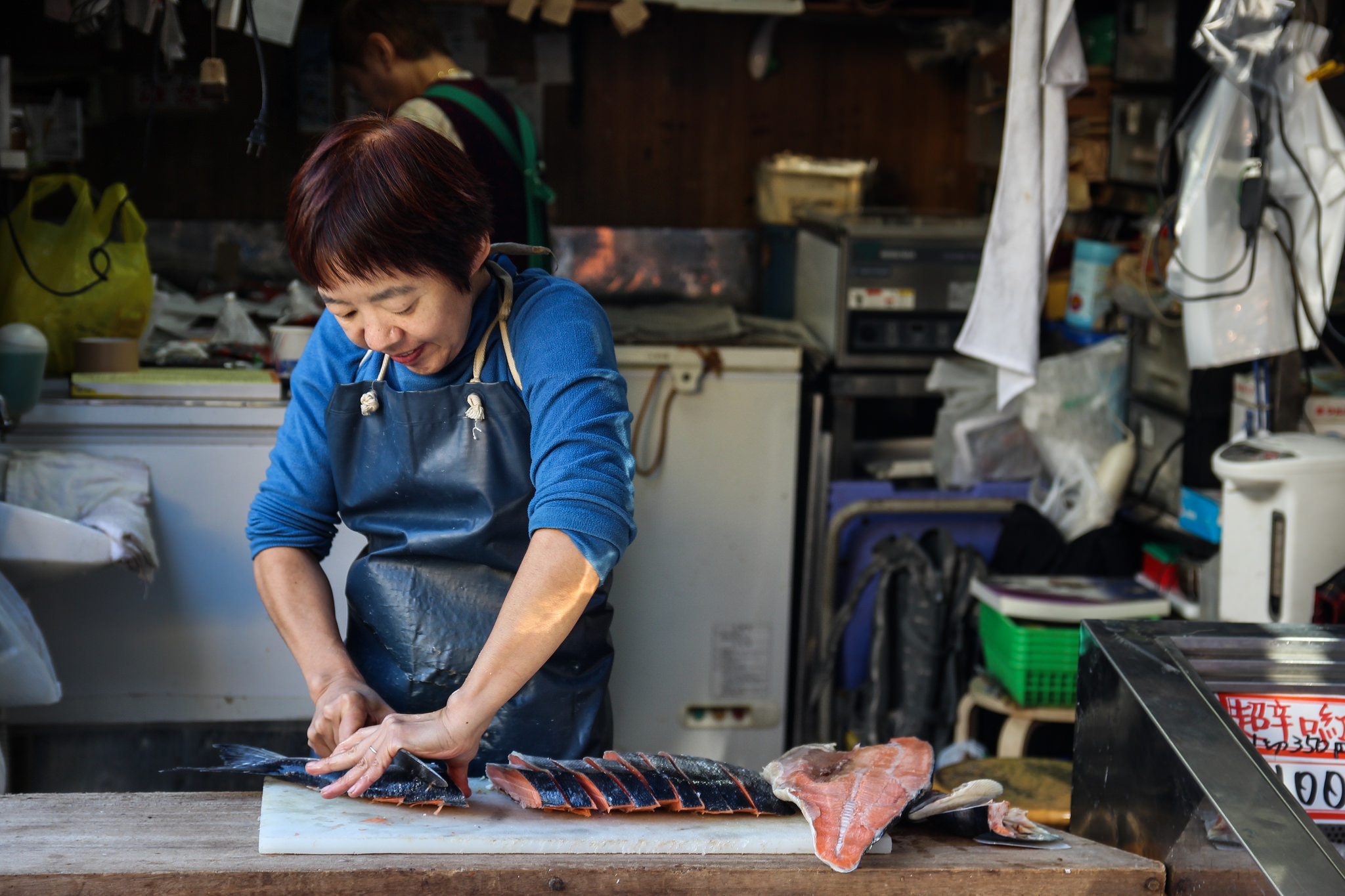
James is a freelance writer who's been published in Yahoo…
Over the last few years it’s become the hottest tourist ticket in Tokyo. You get up at 2am, the sound of some Harajuku club still pounding in your eardrum, and take a taxi through the dark, wet streets to the Tsukiji fish market. It’s here that leather-faced longshoreman in blue overalls gather from all over Japan to bid on the most expensive fish in the world: kuromaguro. Adult Bluefin tuna.
Tsukiji is like Japan’s shrine to all things seafood. Over 42,000 people and 19,000 vehicles pass through its doors every day, moving about 1800 tonnes of fish and generating nearly two billion Yen in revenue. The market itself sprawls over four city blocks beneath a rusty hanger built in the ’30s, and the cobbles beneath your feet are slick with melted ice and blood. There are tanks of live conger eels, thrashing like spaghetti on the boil, blue crabs with their pincers bound, old women wielding metre-long oroshi-hocho knives and band-saws cutting frozen tuna into solid, white bricks. It’s crazy stuff.
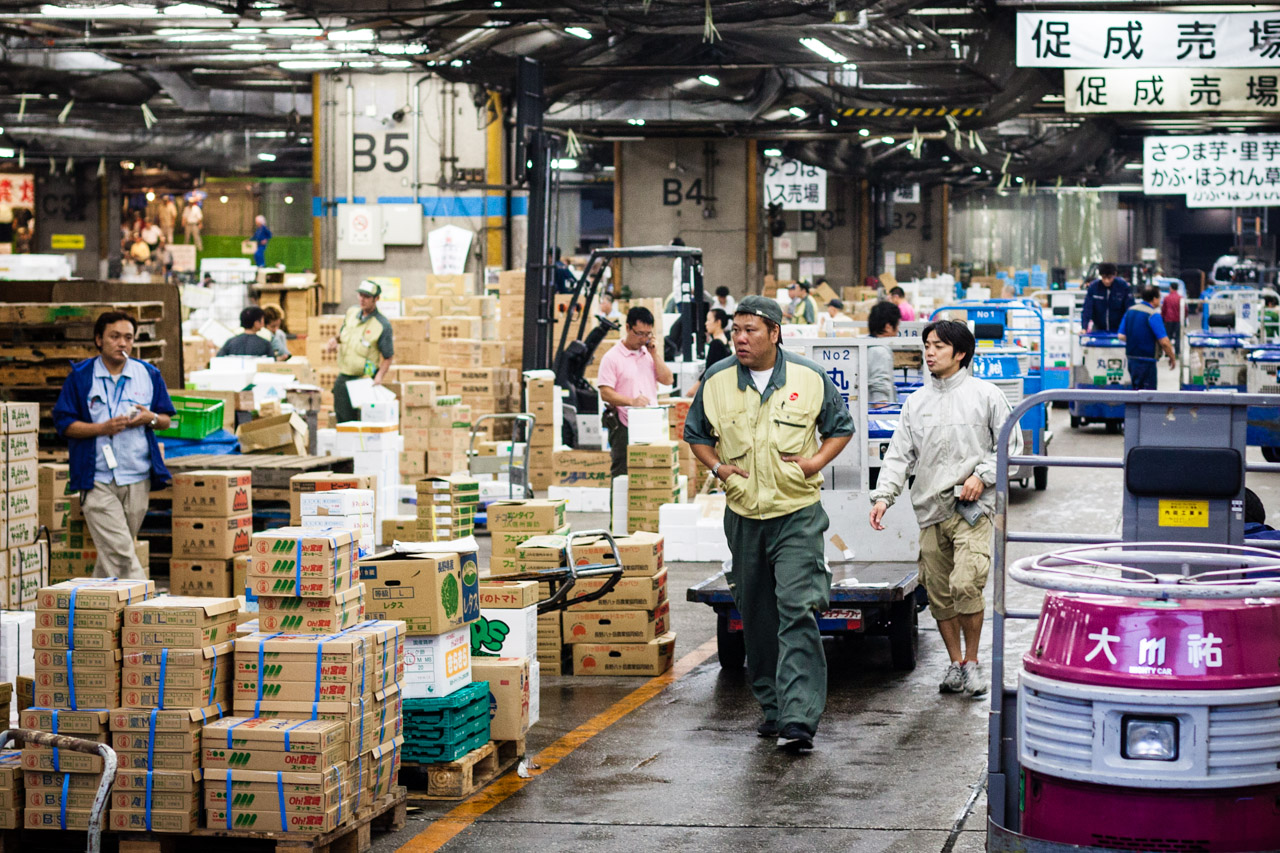
Enjoy it while it lasts
But the spectacle won’t be around for long, at least not in its current form. The government has already staked out a new site, at Toyosu, where the market and the tuna auctions will move as of November this year. It’s a necessary change, but a sad one. The new market will be much bigger (spanning three stories and about 40 hectares) and will bring sanitation levels up to industry standards; but Tokyo will be saying goodbye to its oldest market, and the new site will be way more restricted for tourists. Basically if you want to see Tsukiji, now’s the time to go.
Fair warning: the wait for the tuna auction isn’t easy. A few years ago you could rock up at about 5am. Then it was 4am. Now if you’re not in the doors by 3am sharp, you’re not getting in. It’s like the seafood equivalent of a new iPhone launch.
The pre-dawn wait
You enter a small room lit with flickering halogen lights (super flattering at 3am…) and sit on the hard floor for about two hours. There’s no getting around this; it’s just the price you pay for admission. Only 120 tourists are let in each morning, and when the doors shut, they shut for good. Most people try and sleep at this time, huddled together like the survivors of the Titanic, but it’s not comfortable. Eventually the door opens, the crowd issues a tired cheer, and you’re ushered through to the auction room.
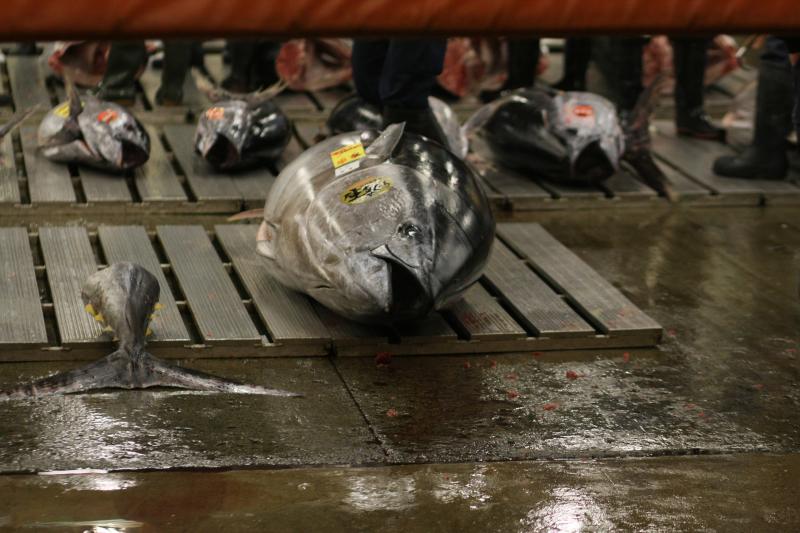
One thing to remember about Tsukiji is that it’s a working market, not a tourist site. In fact the stallholders and fishmongers really only put up with tourists on sufferance, and don’t expect a warm welcome if you happen to get in the way of one of the three-wheeled turret trucks that zoom through the place stacked high with polystyrene crates, taking corners like an ’80s car chase. White-gloved traffic cops are there to protect you from getting skewered by passing swordfish. “Hurry hurry please.” “Auction this way!” “No stopping!”
What to expect
The auction room isn’t anything fancy: a low-ceilinged concrete annex next to the main market. Inside are about 20 bidders, a handful of auctioneers, and perhaps 50 Bluefin tuna arranged in neat rows on the ground. These are one of the rarest and most expensive foods on the planet. A fully grown adult can weigh 350 kilograms and cost upwards of 14 million Yen ($175,000AUD). There’s no talking from the tourists in the auction room. No flash photography either. You have to stand very quietly in a little section off to the side, and watch.
The bidders wander the rows with hatchets, kneeling and examining the bodies, occasionally lifting a pre-cut flap of skin and rubbing a little flesh between their fingers to test the fat content. Each fish has its tail cut off and a red number daubed on the side. They’re massive, about six feet long – frozen grey missiles – and it’s easy to reflect on Tsukiji’s shaky sustainability when you see them all lined up like that.
The future of Bluefin fishing
In 2012 studies found that Bluefin numbers have dropped by a whopping 96 percent after a century of overfishing. Soon, if nothing changes, they’ll go the way of the dinosaurs. Japan eats about 80 percent of the world’s supply but, ironically, they might be the ones to save the species from extinction, having just cracked technology that will allow scientists to breed Bluefin tuna in captivity for the first time. Conservation groups want a moratorium placed on Bluefin fishing, but you just have to look around Tsukiji to know it’s never going to happen. You may as well try and convince America to give up cows.
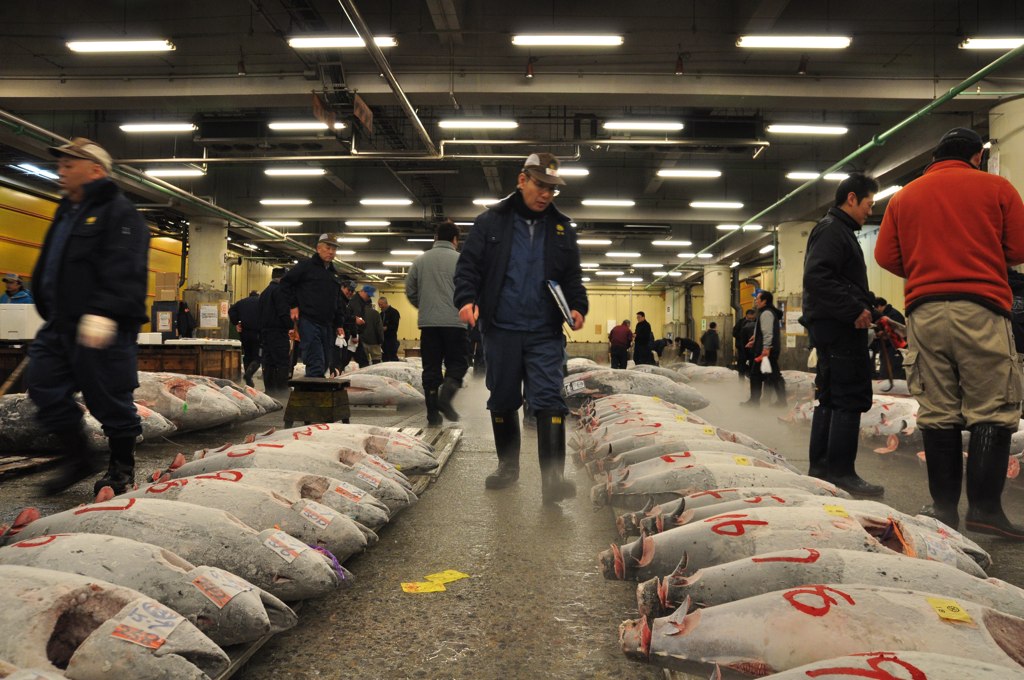
The auction begins and you’re allowed to take a few photos while the little men with clipboards stand on boxes and rattle off numbers in an aggressive baritone. The bidders don’t do much – the occasional raise of a finger or an eyebrow is about all you get out of them – and within 20 minutes it’s all over. The kuromaguro have all been claimed. Some of the fishmongers pull out mobiles and call their contacts. In a few hours many of the fish will be distributed to the sushi restaurants in Tsukiji’s outer market, the jōgai-shijō, where locals and tourists will gobble them up with wasabi and pickled ginger. Trust me, they taste really, really good. I guess that’s kind of the problem.
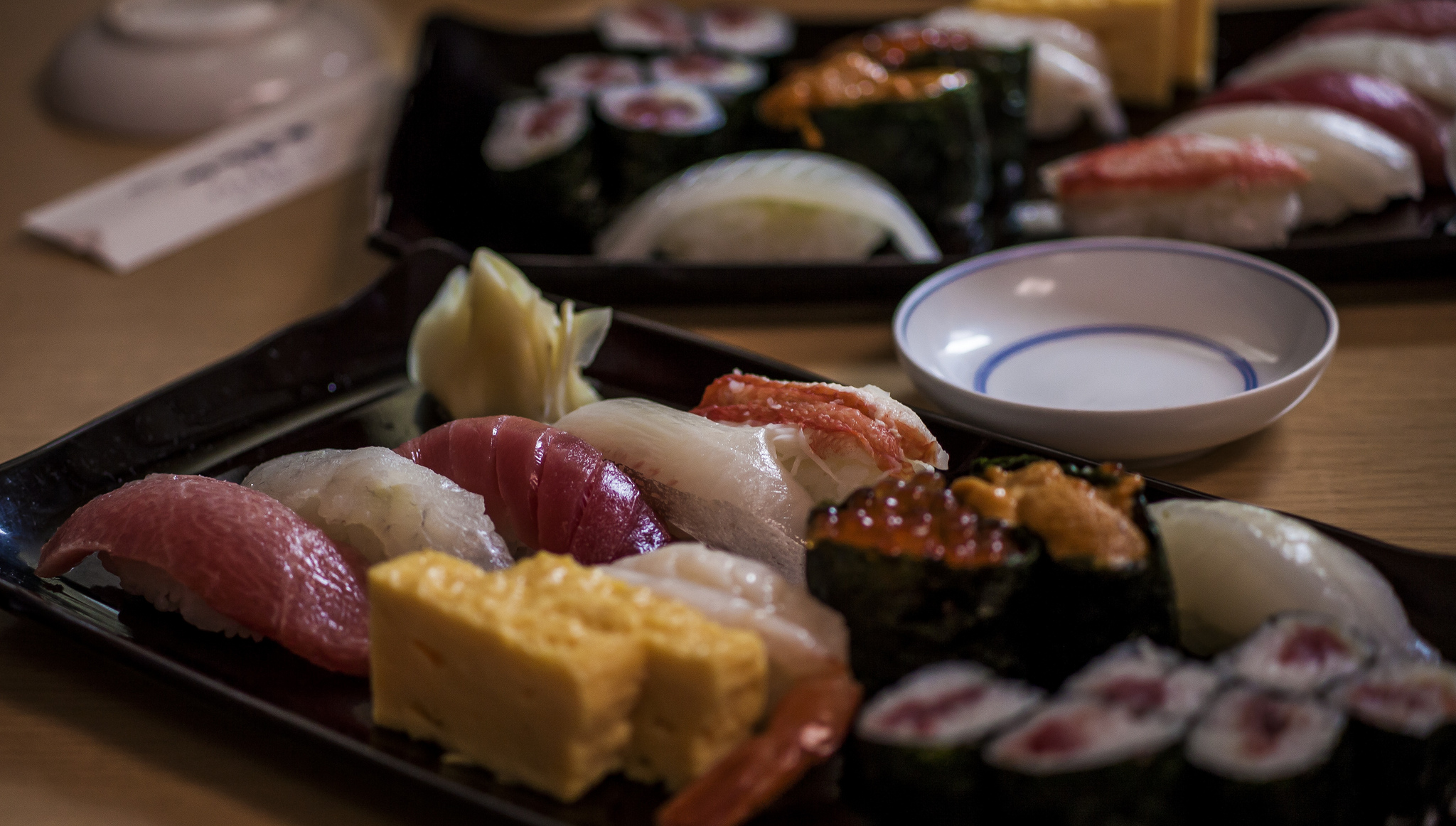
Where is it?
Tsukiji fish market is in Tsukiji, central Tokyo, near the uber-fashionable Ginza district.
How do I get there?
If you’d like to see a tuna auction, you’ll need to take an early taxi. If you just want to see the morning market, take the Metro train and get off at Tsukiji Shijo Station on the Oedo Line.
When is the auction?
The auction runs from about 5:25am to 6:30am. There are two public viewings. You should aim to get to the Fish Information Centre at the Kachidoki Gate at around 3am to secure a spot.
How much does it cost?
The tuna auction is free! Score.
(Lead image: Sebastian Herrmann/Flickr)
James is a freelance writer who's been published in Yahoo Travel, Canadian Traveller and the New York Times. You'll find him either on the road, behind a keyboard or building a very small Instagram following over at @j.shack.

